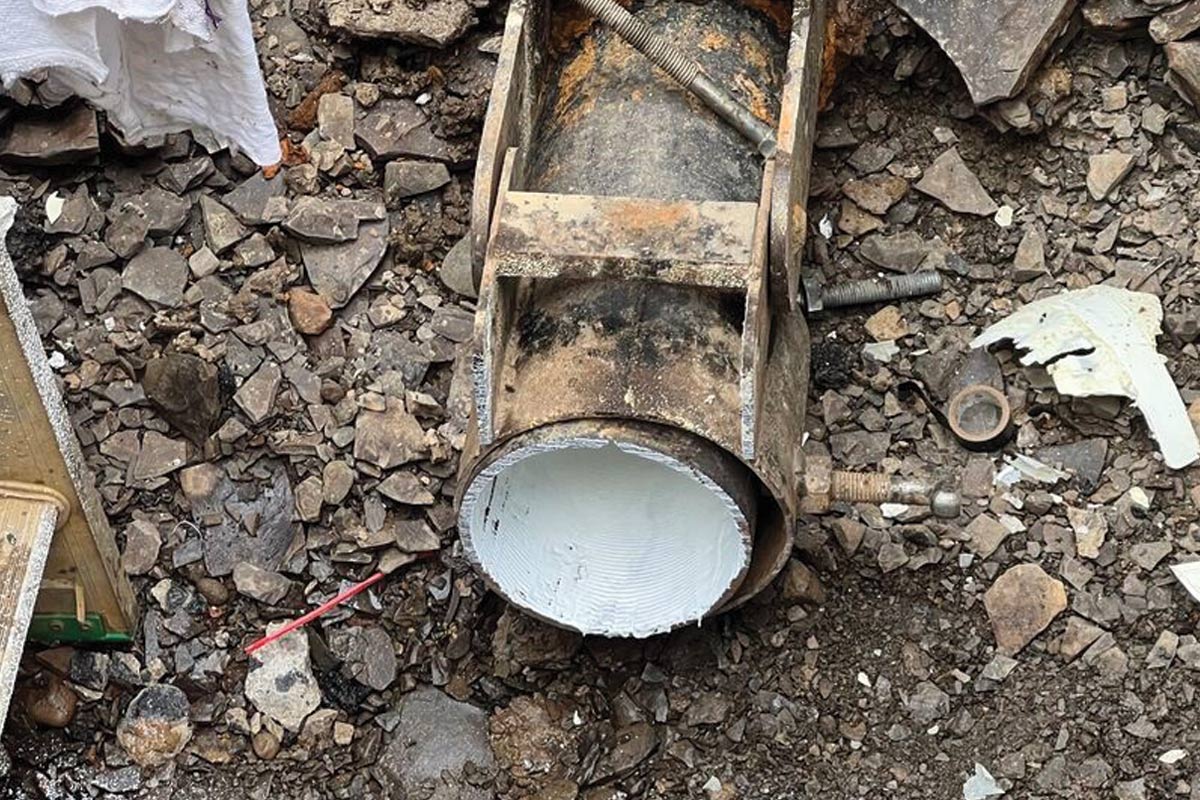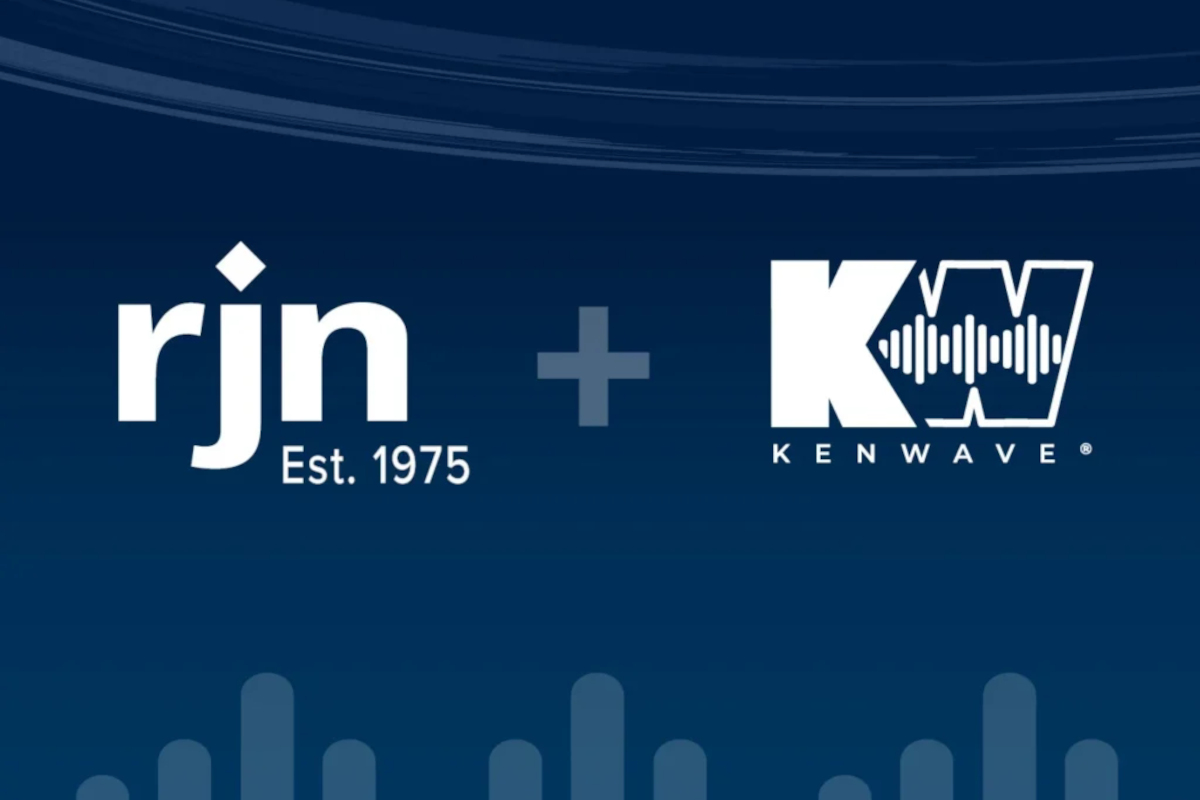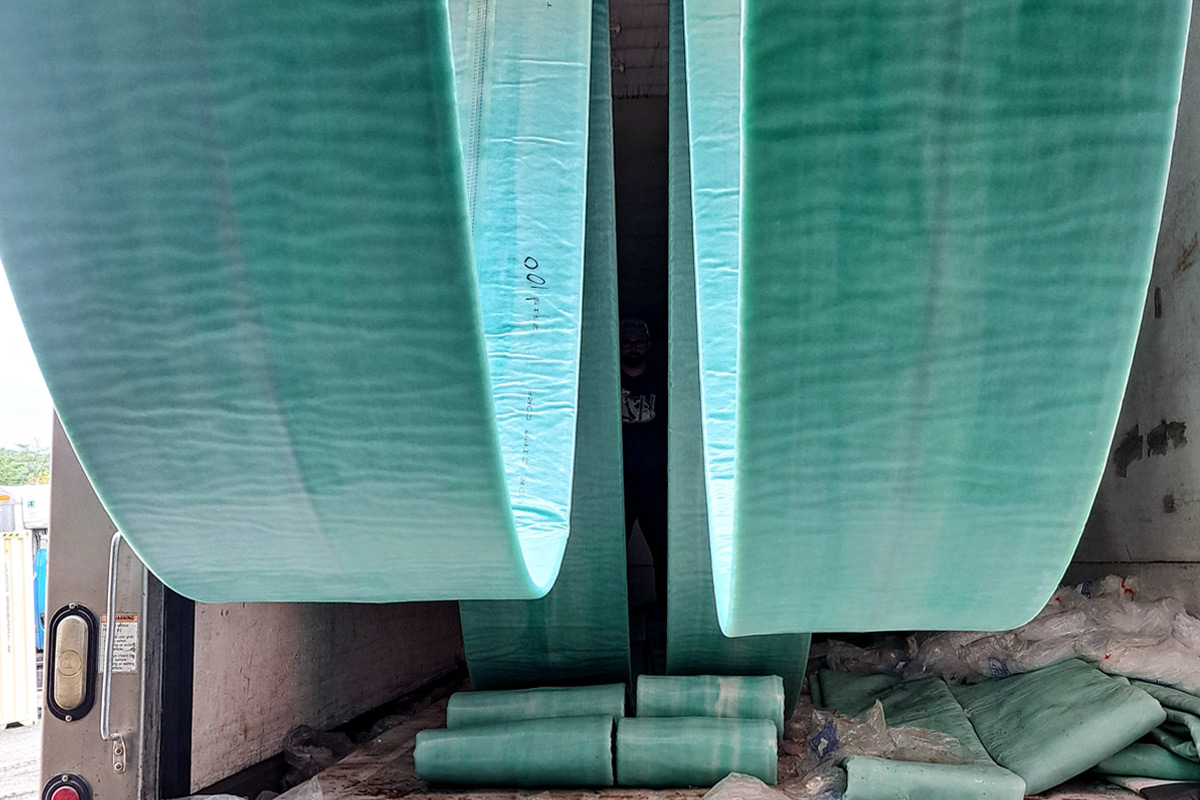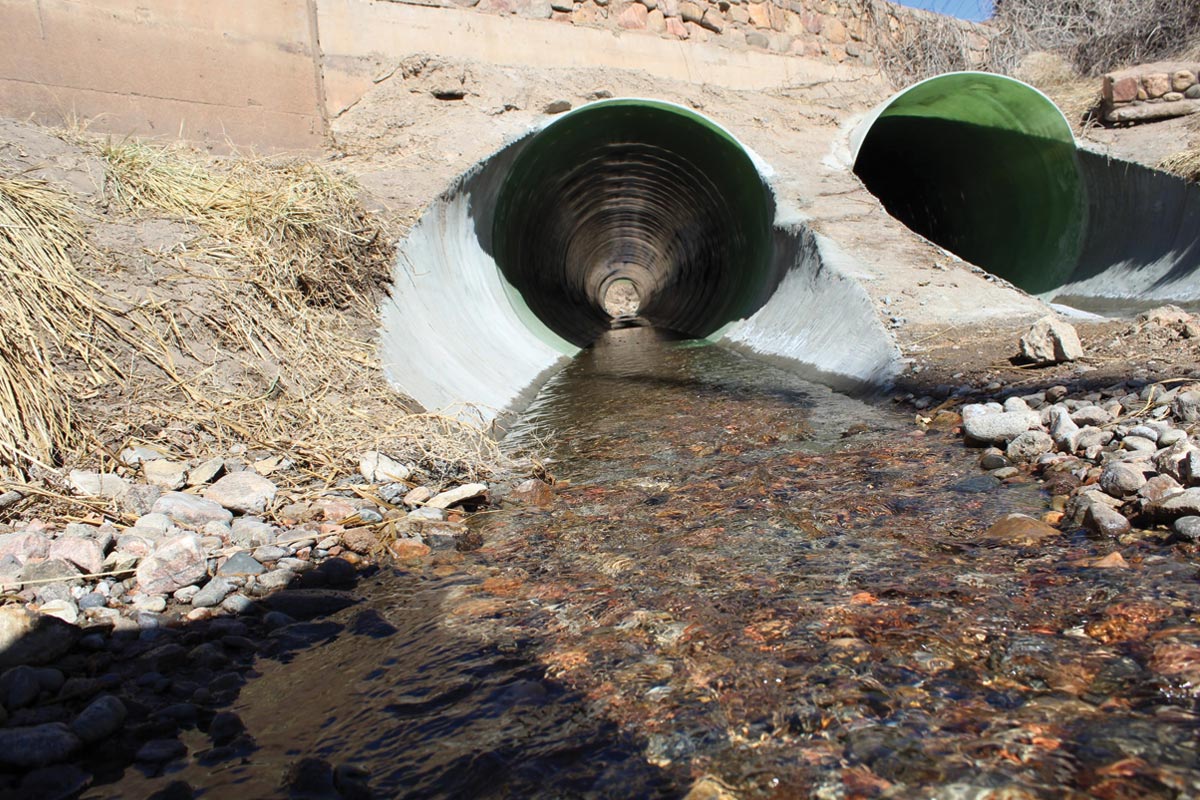
SIPP Rehab Offers Solution to Help Urban Utilities Maintain Aging Pipes & Mains
Each year, America’s aging infrastructure is witness to thousands of water main breaks. Spray-in-place pipe (SIPP) is a trenchless technology that extends the life of water mains with minimum cost and service downtime.
Studying Water Main Breaks
A recent study completed by Utah State University of more than 800 water providers in the United States and Canada indicated that approximately 260,000 water main breaks occur annually. These breaks can be incredibly disruptive, long-term, and very expensive. An estimated $2.6 billion in annual maintenance and repair costs can attest to this.
While water main breaks can and do occur in both urban and rural areas, they are more common in urban settings. It is estimated that around 75 to 85 percent of water main breaks in the United States occur in urban areas.
Contributing factors include:
- Aging infrastructure: Many municipalities have aging sewer and water pipes that need repair or replacement. These pipes are often over 50 years old and reaching the end of their lifespan.
- High population density and water demand: Higher usage generates increased stress on pipes.
- Traffic and construction: Heavy vehicles and frequent roadwork put additional strain on underground infrastructure. In addition, shifting soils and freeze-thaw cycles in cities can weaken pipes.
Water main bursts can be incredibly disruptive, long-term, and very expensive. Breaks that occur in urban areas are often extremely problematic.
Many Examples
As an example, in 2024, Atlanta, Georgia, experienced massive water main breaks in both the city’s downtown and midtown areas. Thousands of residents were left without access to clean water. These breaks prompted the declaration of a state of emergency. They also disrupted traffic, closed streets, and shut down businesses. Even operations at City Hall, a well-known hospital, and attractions including the famous Georgia Aquarium were impacted.
Of course, Atlanta is only one of many large cities to have confronted this problem. Cities from Birmingham to Cleveland, Fort Worth, Nashville, New York City, Philadelphia, and San Francisco are among many others that have had to contend with water main breaks.
This data underscores the challenges faced by urban areas with aging infrastructure. However, traditional pipe replacement can be expensive and disruptive to communities, streets, traffic, and local businesses.
Crowded and highly trafficked urban areas are not well suited for digging up and replacing pipes as an asset management strategy. Instead, they are well served by spray-in-place pipe (SIPP) rehabilitation. This method proactively keeps pipes and mains in good working order and helps prevent water main breaks.
A Pre-emptive Solution
SIPP provides a durable, long-lasting solution, enabling municipalities to repair and protect their pipes without expensive digging and replacements. Traditional pipe replacement can be expensive and disruptive.
SIPP is used to rehabilitate old, deteriorating pipes by spraying a protective liner directly inside the pipe. This liner, which can last 50 years or more depending on the conditions, is resistant to corrosion, chemical damage, and root intrusion. It protects the pipe from future degradation.
Moreover, the lining creates a smooth surface that reduces friction and enhances water flow, improving pipe performance and system efficiency. In most cases, even severely damaged pipes can be rehabilitated with SIPP. SIPP also provides environmental benefits, including the reduction of waste as fewer materials are needed.
SIPP – A 5-Step Process
SIPP entails five steps, from detailed inspection of the pipe to be treated through rigorous final inspection and quality control.
Step 1: Inspection
A detailed inspection is conducted, often using cameras or other diagnostic tools, to assess the pipe’s condition. The section of pipe to be restored is confirmed utilizing closed-circuit television (CCTV).
Step 2: Surface Preparation
The interior of the pipe is cleaned and prepared by drag scraping and/or hydrojetting. This creates a clean, smooth, dry surface. A second CCTV inspection follows to determine if any leaks, infiltration, or repairs are needed outside the SIPP scope of work. Any repairs needed to address current piping issues are undertaken without the need for additional excavation. This ensures that the pipe is properly prepared for the epoxy coating.
Step 3: Liner Application
The specialized resin is sprayed inside the pipe, forming a seamless, durable coating that reinforces and seals the pipe.
Step 4: Curing
The liner is allowed to cure and harden, permanently bonding to the pipe and restoring its strength.
Step 5: Inspection and Quality Control
After curing, the pipe is inspected to ensure that the liner is fully bonded and no issues remain.
SIPP in Action – City of Wyandotte, Michigan
The City of Wyandotte, Michigan’s Municipal Water Plant serves over 12,000 customers and can produce up to 15 million gallons of water per day. Its distribution system covers five square miles and consists of 110 miles of water mains ranging from 4 to 30 in. in diameter. The utility sells more than 1.5 billion gallons of water annually.
The traditional method of maintaining the city’s water mains was open cutting and direct replacement. This method entails trenching the entire length of pipe to be repaired or replaced and laying down new pipe in the trench.
Disadvantages are the high cost, lengthy time involved in the process, and disruption and inconvenience customers encounter. In addition, Wyandotte’s utilities are underground, complicating the open cut process.
With aging cast iron pipes dating to the 1930s to 1950s, the city experienced numerous water main breaks and faced the potential for more. Using SIPP, Wyandotte intended to remediate the aging infrastructure and extend the life of the pipes by another 50 to 75 years.
Wyandotte rehabbed approximately 3,500 ft of main in just one month using SIPP – far less time than would have been required with open cut. USG estimates that, on average, SIPP can yield a cost saving of around 20 to 30 percent compared to direct replacement.
City of Ringgold, Georgia
The City of Ringgold Water System operates a water plant that supplies drinking water to 1,400 households. The distribution system has 28 miles of water main.
As can happen with aging infrastructure, the city experienced a rupture in one of its old cast iron main water lines. This line fed the city’s entire industrial park, carpet mills, and everything in that area. It accounted for approximately one-quarter of the total water produced by the city each day.
This water main also runs under the interstate, a location that would have made traditional repair or replacement methods difficult. It would also be time-consuming and disruptive. Further complicating the job was the presence of a pipe that connected to the main line. This pipe ran next to the edge of a 30-ft wide creek. It was so close that the creek could have washed in on the pipe if excavation was attempted.
SIPP provided the solution. With SIPP, no major road or sidewalk tear-ups are necessary. This rehabilitation solution works on pipes made of different materials and ranging from 4 in. to 36 in. in diameter.
The process can extend the pipes’ service life, help reduce the frequency of maintenance, and can increase the flow capacity for greater system efficiency. Because the epoxy coating bonds with the pipes, it can also seal cracks and protect against future groundwater infiltration and tuberculation.
Using SIPP, the repair and rehab of approximately 1,000 lf of 12-in. main took only a week. This work is typically underwater because of the neighboring creek. In addition to the time savings and minimal disruption, safety was another benefit. There was no need to dig a trench.
Carlos Rocha is director of concrete, plant and pipeline services at USG Water Solutions.




